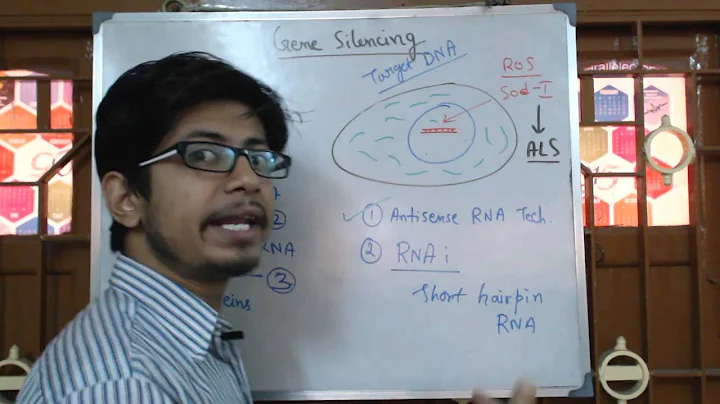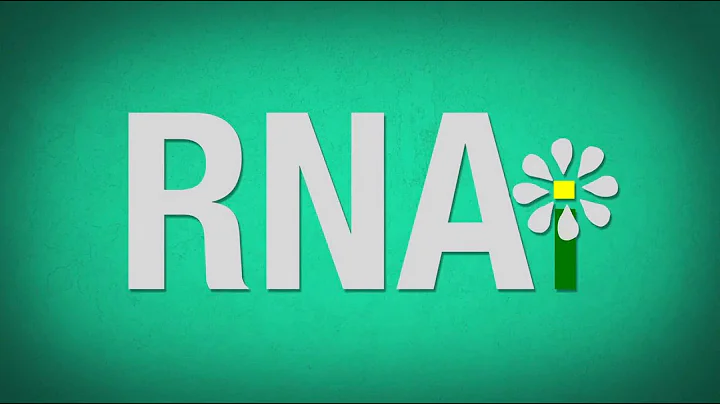
RNA biopesticides are a field with strong supervision. The liberalization of policies is a prerequisite for technology commercialization. It is also a necessary condition to explore more innovation possibilities in the industry and promote the emergence of the industry.
Based on the first perspective of industrial layout, Zhigeng RNA biopesticide field supervision series content first starts from the perspective of policy supervision, and analyzes the internationally active countries and regions in the field of RNA biopesticides, including: the United States, Australia, New Zealand, European Union and OECD Organization for Economic Cooperation and Development , shares a summary of the classification of RNA biopesticides in different countries and regions , approved products, corresponding regulatory authorities and normative documents, attitudes towards potential risks and other dimensions , tracking the policy trends of countries active in RNA biopesticides.

With the vigorous development of RNAi pharmaceutical research and development and breakthroughs in related technologies, the research and development of biopesticides based on RNAi technology has also entered a period of rapid development. In June 2017, Bayer's insect-resistant corn MON87411, which expresses insect dsRNA, received a planting license from the U.S. EPA, and subsequently obtained safety certificates and planting licenses from multiple countries. This has led to the development of many traditional and emerging agrochemical companies. The field layout.
my country uses RNAi technology to carry out basic research in the field of pest control. It has the characteristics of early start and high starting point, but lack of large-scale and systematic research investment. As a result, there is still a certain gap in research and application compared with international standards. There is an urgent need to accelerate the pace of research, establish technical standards, and improve corresponding laws and regulations to promote the commercialization process of RNA biopesticides in my country.
The content of this issue first introduces the supervision situation of the United States in this field. As an active player in the field of RNA biopesticides, the United States not only makes rapid technical progress, but also leads other countries in the supervision and commercialization of RNA biopesticide products.
1) product approved: The US EPA approved Bayer's transgenic corn MON87411, which is the first international product to express dsRNA in plants. Relevant departments have conducted environmental persistence studies on the component dsDvSnf7 produced as a biochemical substance. The results show that the component is unlikely to have a biological impact on non-target species. On the other hand, no non-plant-derived RNA biopesticide products have been approved in the United States.
2) Regulatory authority : In the United States, all insecticide products need to be registered and registered by the U.S. Environmental Agency (EPA) before they can be produced, transported and sold. Field testing is also subject to experimental use approval, and EPA evaluates the pesticide for registration of the final product and evaluates both the active ingredient and the actual product.
3) specification document : The regulation and management of pesticides mainly follow "Federal Insecticide, Fungicide, and Rodenticide Act (FIFRA)" and "Federal Food, Drug, and Cosmetic Act (FFDCA)" regulations, And authorizes EPA to register and evaluate pesticides.
4) belongs to the category : The US EPA prefers to regulate plant-derived RNA biopesticides as biochemical pesticides . Compared with traditional pesticides (usually synthetic compounds that directly kill or inactivate pests), biochemical pesticides are naturally occurring compounds that are generally less toxic themselves; non-plant-derived RNA biopesticides are not considered GMOs , Unless they contain genetically modified organisms, such as engineered bacteria that produce dsRNA.When genetically engineered organisms are used to produce dsRNA, although they do not survive in the final product, they are considered pesticide intermediates under the Toxic Substances Control Act (TSCA) and require submission of microbial commercial activities before manufacturing can begin. Notice(MCAN).
In addition, with reference to the case of Bayer's approved dsRNA-expressing transgenic corn MON87411, we can get a glimpse of The US EPA's future focus on the environmental assessment of botanical dsRNA biopesticides :
■ The US EPA's botanical protection agent products The process of conducting an environmental assessment considers the dsRNA component of the product as Biochemicals (Biochemicals are naturally occurring compounds that are often inherently less toxic than traditional pesticides such as synthetic compounds that directly kill or inactivate pests. Low) to evaluate the fate of ingredients in land and water environments, and also evaluate the toxicity and safety of non-target organisms; The testing of and most likely to be affected species mainly evaluates various impacts including species survival, production, development and reproduction , and selects for a long enough time to evaluate potential adverse reactions.
■ When conducting environmental risk assessment, some species only used the bioinformatics analysis method, and the analysis results were used as the basis for environmental assessment;
■ At the same time, considering the possible degradation of dsRNA during the experiment, we took A large enough concentration of and was obtained for experimental measurement.
Among these concerns, it is worth noting that in the process of EPA's environmental risk assessment of products, a large number of tests are not conducted through genetically modified plants or plant extracts, but through synthetic free dsRNA components of.
The United States is a pioneer in the field of RNA biopesticides, with a faster pace of commercialization. Its more open regulatory environment in the field of biopesticides can provide reference and inspiration for finding a regulatory path suitable for China. Open source domestic RNA biopesticide research and innovation Momentum empowers the new ecology of the domestic RNA biopesticide track from a regulatory perspective.
Article reference source:
1. "Analysis of the Commercialization Status and Existing Problems of RNA Biopesticides" Guan Ruobing, Li Haichao, Miao Xuexia
2. https://www.frontiersin.org/articles/10.3389/finsc.2021.818037/full





















